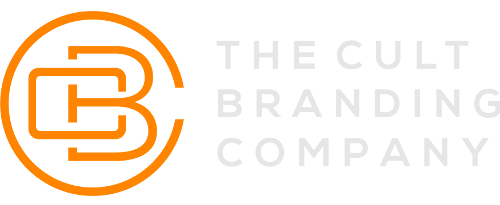The CMO’s Guide to Cult Branding
https://youtu.be/GXdaC_AiPaI Loyal customers consistently do business with their preferred brands, often without evaluating convenience or pricing factors. These loyal customers are also more likely to tell their friends and family about the brand (called word of mouth), creating a low-cost stream of new customers. Given these valuable...

